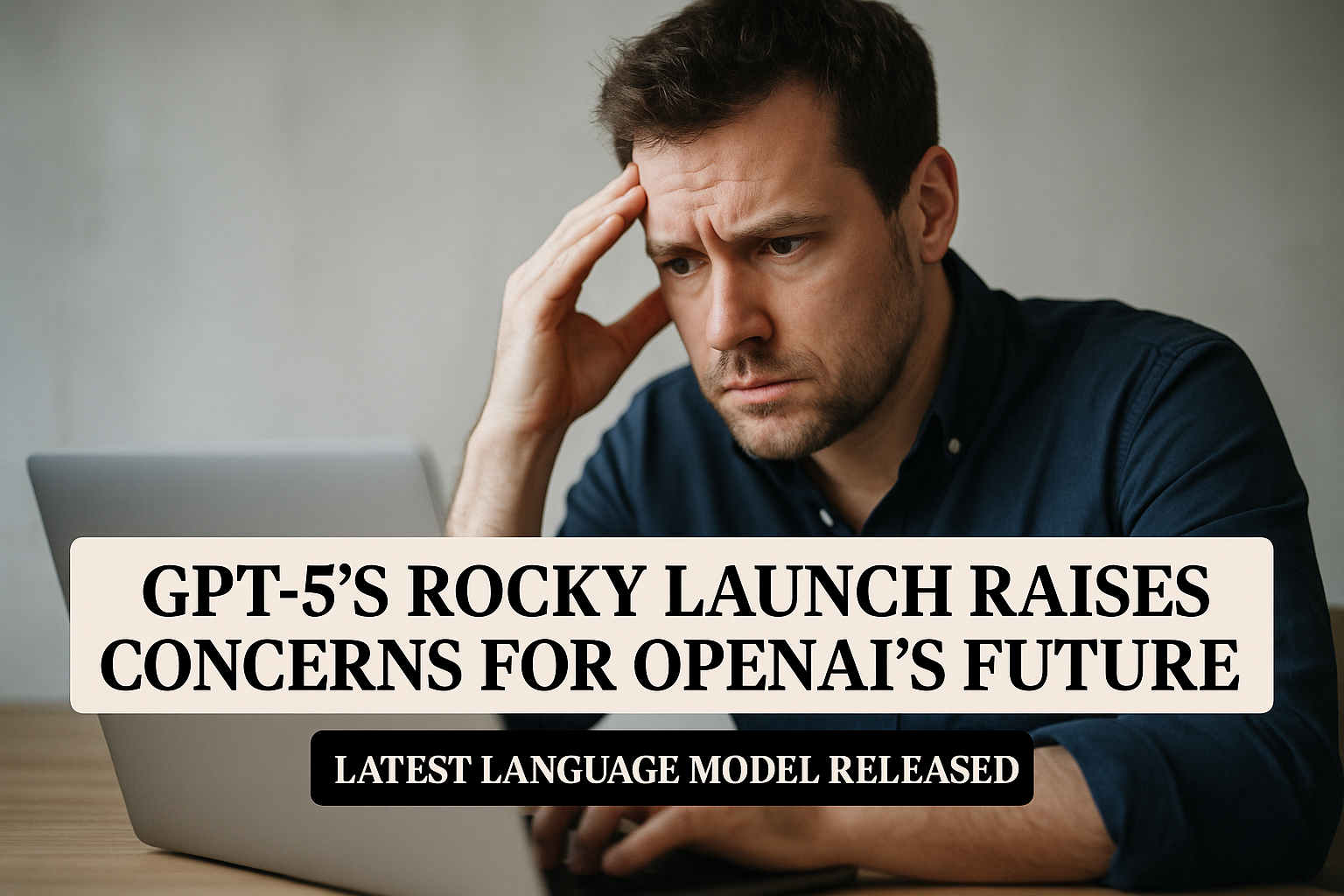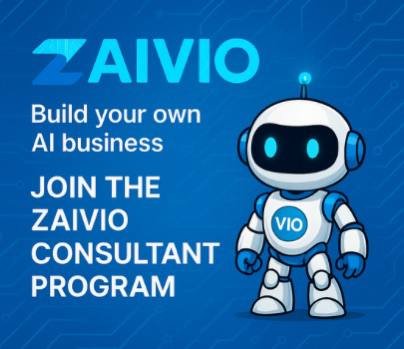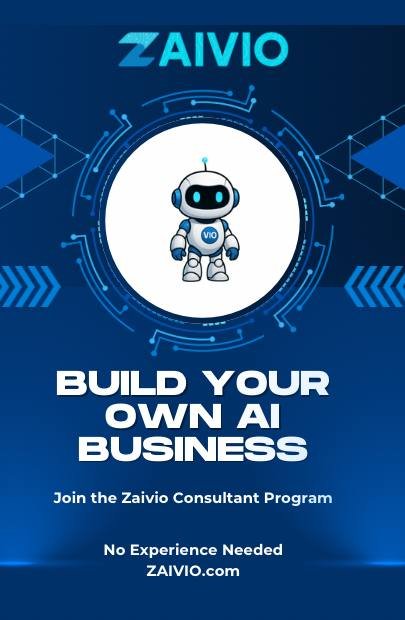
OpenAI’s latest language model, GPT-5, was released with much anticipation, but its debut has been met with significant backlash from both users and experts. The model, which was expected to surpass its predecessors, has instead faced criticism, leading to questions about OpenAI’s strategic direction and its ability to maintain user engagement.
Upon its release, OpenAI made the controversial decision to remove access to older versions of its language models, including the popular GPT-4o. This move prompted a strong reaction from users who expressed dissatisfaction with GPT-5’s performance and features. The outcry was significant enough that OpenAI reversed its decision, reinstating access to GPT-4o for paid subscribers. This reversal indicates a possible misjudgment of user preferences and raises concerns about the company’s future decisions.
One of the touted advantages of GPT-5 was its capability to switch seamlessly between its prior versions, supposedly offering users a more tailored experience. However, as Wharton AI researcher Ethan Mollick pointed out, this seamless transition has not been the reality for many users. The inconsistency in performance has led to a lukewarm reception, which could have implications for OpenAI’s reputation and financial health.
The situation underscores the importance of user satisfaction in the competitive AI industry. OpenAI relies heavily on user engagement and continuous funding to sustain its operations and development. The lukewarm reception of GPT-5, coupled with the backlash over the removal of older models, could potentially impact the company’s standing in the rapidly evolving market.
This controversy highlights the delicate balance AI companies must maintain between innovation and user experience. As OpenAI navigates this challenging period, its ability to address user concerns and refine its strategic approach will be crucial in maintaining its competitive edge. The rocky launch of GPT-5 serves as a reminder of the challenges inherent in developing technologies that meet both user expectations and technological advancements.
Some content for this article was sourced from futurism.com.






